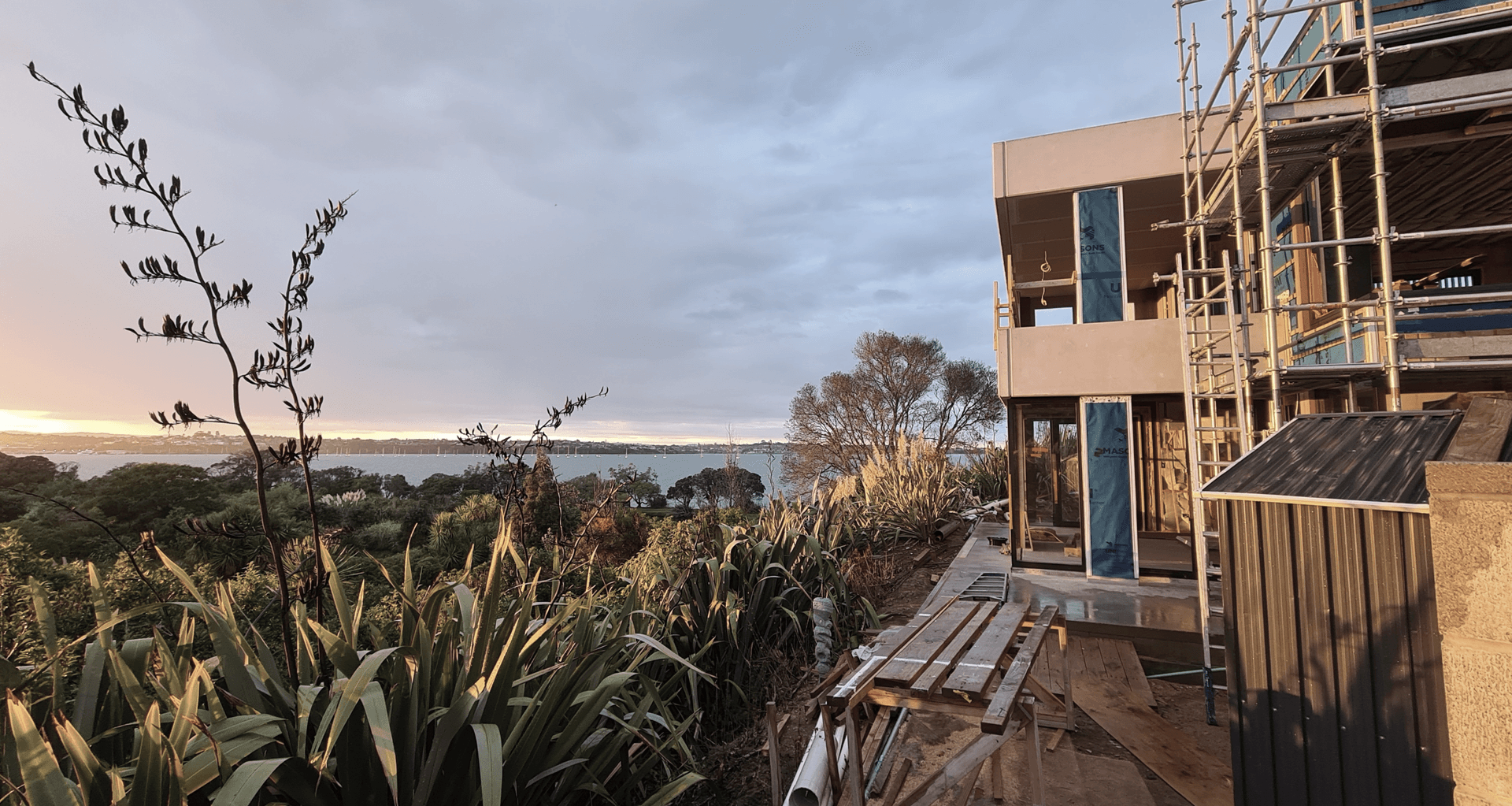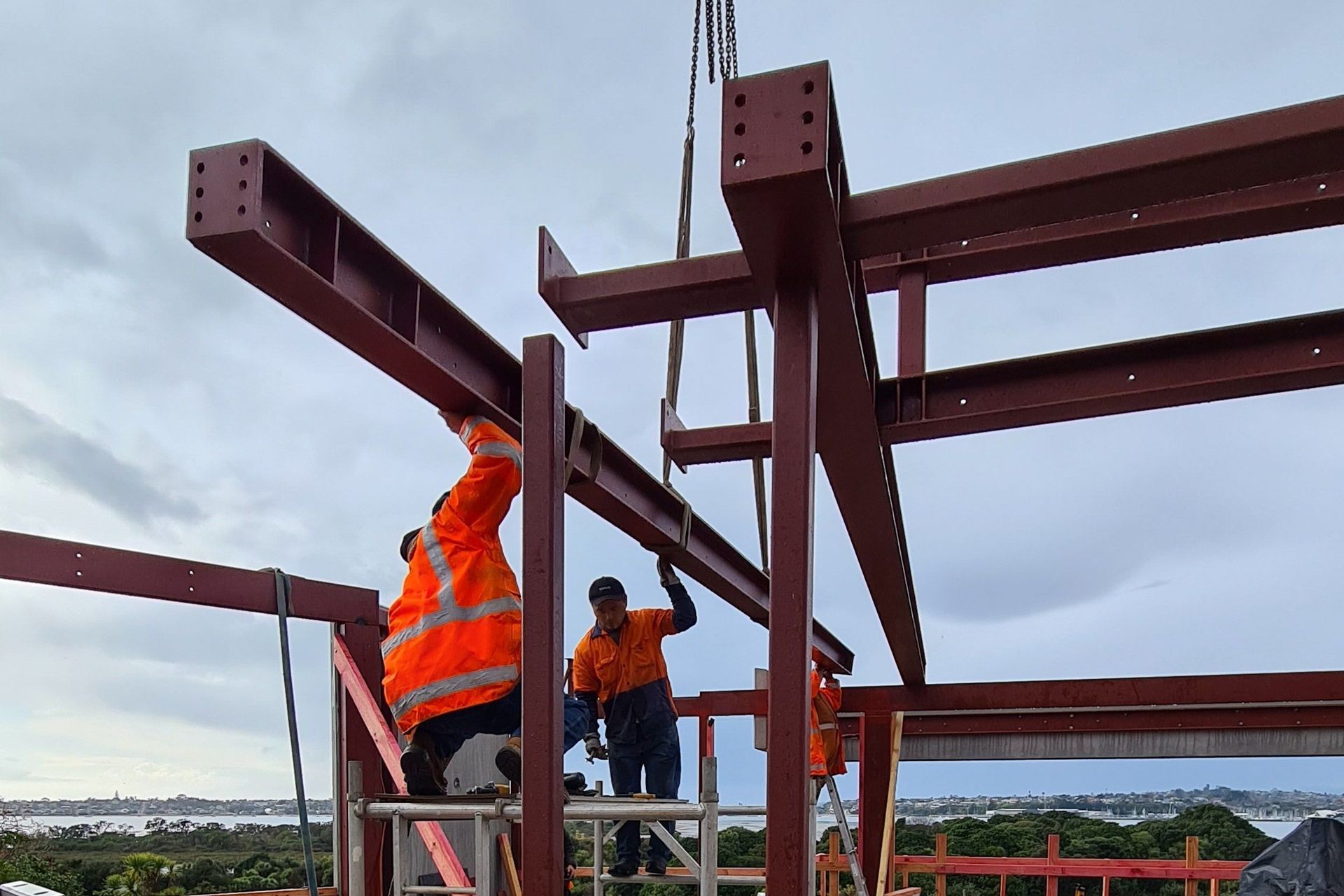How to engage the right structural engineer for your project
Written by
19 April 2022
•
4 min read

ProConsult Limited’s principal engineer Stewart Hobbs says that the answer to this is the same as what all successful relationships are built on – communication, trust, and compromise.
Communication
Stewart believes that if clear communication isn’t established, problems will arise from the very start of a project. So even though you may be thinking that time is money, your money will return the best value if things go smoothly and all parties know exactly what is happening.
While smaller jobs can be relatively straightforward in terms of communication, those of a larger scale demand a much higher level of communication between all parties involved – particularly between the client or their representative, architect and structural engineer.
“With a bigger job, that communication needs to start very early, and I’m not talking during the design phase, I’m talking pre-design – get all parties involved at the concept design phase,” says Stewart.
Getting into the habit of a regular exchange right from the start will ensure any potential problems are highlighted and dealt with before going ahead underprepared and having to backtrack.
“For instance, if the architect has decided that they want a certain form with slim lines on a large building with large spans, and they get to the end of the concept and design before we are involved, sometimes it can be a challenge to make those things work. Large spans, for example, don’t always go with slim lines.
“It can be frustrating for both parties, because we can’t get our structure to work, and they can’t get their design to work. So be prepared with the knowledge that the bigger the job, the earlier you should start that communication line.”

Trust
Of course, a certain level of trust is needed to allow successful communication from such an early stage in a project. However, trust is imperative if you want the job to be completed as efficiently as possible.
“You really need to trust that the engineer knows what they’re doing,” says Stewart. “Have a look at their experience, ask questions, ask around. Make sure the engineer does have the background in the relevant design area and in the council’s requirements.”
While there are many professionals across the country to choose from, it is important to find someone that understands the implications of what’s involved with your design.
“In the same way that an architect needs to understand load paths, I’ve always said that a structural engineer needs to understand architectural design. If you don’t understand waterproofing, for example, and how things fit together architecturally, you won’t be able to build a structure into it.”
For this reason, it is recommended to always solve problems upfront before any designs or plans are finalised, as the opposite approach will only lead to frustration and additional costs for the client.
“Sometimes we get called in after something has been consented, but it’s just not going to be buildable within a budget. This is something we can advise on throughout the process and would rather do that than have to rework a design. We also see designs that have durability issues, and it’s a bit late to find that out at consent stage.”

Compromise
“Another concept I like to keep at the forefront is compromise,” says Stewart. “Clearly, there are code requirements and both the architect and structural engineer are bound by certain requirements code-wise. But at the same time, compromise is often required to make something work.”
There are usually many strategies to achieve a goal, and this is no different with designing and building – it’s not always a direct route.
“A good architect knows what an engineer wants. And a good engineer knows what the architect is aiming for and will come up with innovative solutions to try and meet the requirements.”
An example of where this is useful, is if an architect wants the design to hide the building’s structure. From a structural engineering perspective, this can require innovative means of satisfying the picture that the architect has in their mind.
“Structural engineering is like a hidden treasure in the attic or the basement. You don’t always see it, but it’s an essential requirement for a decent building to work,” says Stewart.
So for builders, developers, architects and building owners looking for the right structural engineer for their project, it’s important to consider how the professionals will work and collaborate as a team.
Most structural engineers will allow a 15-minute free consultation before you engage them.
If you’re looking for a structural engineering company, learn more about ProConsult on ArchiPro and the projects the company has been involved with.